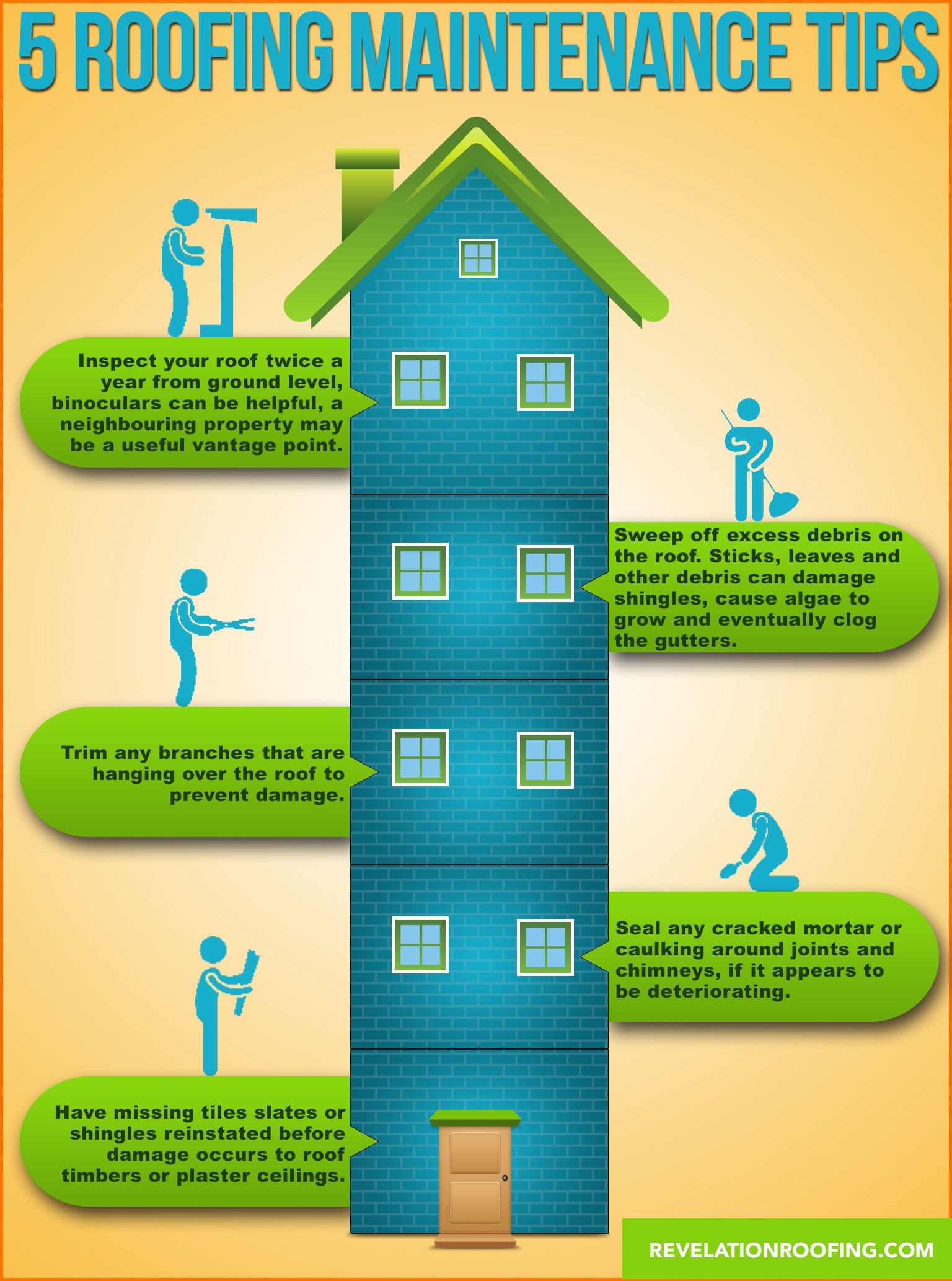Frequent Errors In Roofing Setup And Methods For Avoidance
Frequent Errors In Roofing Setup And Methods For Avoidance
Blog Article
Team Author-Bossen Thybo
When you're intending a roofing system setup, it's easy to ignore vital information that can result in substantial troubles down the line. You might be lured to reduce corners on product option or miss correct flashing setup, yet these usual errors can bring about costly repairs later. Understanding the importance of ventilation and sticking to local building ordinance is vital for a successful task. So, what are the crucial steps you should require to ensure your roofing system stands the test of time? Allow's check out some effective approaches to avoid these mistakes.
Poor Material Option
When it comes to roof installation, picking the incorrect products can cause costly issues down the line. You could assume that any type of roofing product will certainly do, but that's a common misconception. It's important to pick products that match your local environment and the specific requirements of your home.
For instance, if you reside in an area with hefty rainfall or snow, going with asphalt tiles might not be the most effective selection. Rather, think about more durable options like steel or slate.
Additionally, take note of the high quality of the products you're taking into consideration. Economical products might save you cash upfront, however they commonly lack long life and can lead to frequent fixings or substitutes.
You ought to also consider the design of your home and make sure the products you select will certainly keep its visual appeal.
Lastly, do not neglect to talk to experts. source website can provide useful insights and suggest materials that comply with local building codes.
Spending time in proper material choice currently can help you prevent frustrations and costs in the future, making your roof covering project a success.
Inadequate Flashing Setup
Choosing the best products isn't the only factor that can bring about roof covering problems; insufficient blinking installation can likewise create significant issues. Flashing is vital for routing water away from susceptible areas, such as chimneys, skylights, and roof valleys. If it's not mounted effectively, you take the chance of water intrusion, which can cause mold and mildew development and architectural damages.
When you set up flashing, ensure it's the best type for your roof covering's style and the neighborhood climate. For instance, steel flashing is typically a lot more resilient than plastic in locations with heavy rain or snow. Make sure the flashing overlaps appropriately and is protected snugly to avoid voids where water can permeate via.
You should additionally focus on the setup angle. Flashing should be positioned to guide water far from your house, not towards it.
If you're unsure concerning the setup procedure or the materials needed, seek advice from a professional. They can assist determine the very best flashing alternatives and ensure whatever is installed properly, protecting your home from potential water damage.
Taking these actions can conserve you time, cash, and frustrations down the road.
Neglecting Ventilation Demands
While lots of house owners focus on the aesthetic and architectural facets of roof installment, neglecting air flow requirements can cause major lasting repercussions. Proper air flow is crucial for managing temperature level and moisture levels in your attic, preventing problems like mold and mildew development, wood rot, and ice dams. If you do not mount sufficient air flow, you're establishing your roof covering up for failure.
To avoid this error, first, analyze your home's details air flow requirements. A balanced system normally consists of both intake and exhaust vents to promote air movement. Ensure you have actually mounted soffit vents along the eaves and ridge vents at the top of your roof. This mix enables hot air to run away while cooler air enters, maintaining your attic space comfy.
Also, consider the sort of roof covering product you have actually picked. Some materials might call for added ventilation methods. Ascertain your regional building regulations for air flow standards, as they can differ significantly.
Ultimately, don't fail to remember to evaluate your ventilation system regularly. Obstructions from debris or insulation can hinder air movement, so maintain those vents clear.
Verdict
In conclusion, avoiding common roof installation blunders is key to ensuring your roof covering's long life and performance. By selecting the right products for your climate, setting up flashing correctly, and addressing ventilation requirements, you can avoid pricey problems later on. Don't forget to familiarize yourself with regional building ordinance and timetable normal evaluations. With these actions, you'll enjoy a safe, sturdy roof covering that protects your home for years to come. Happy roofing!
